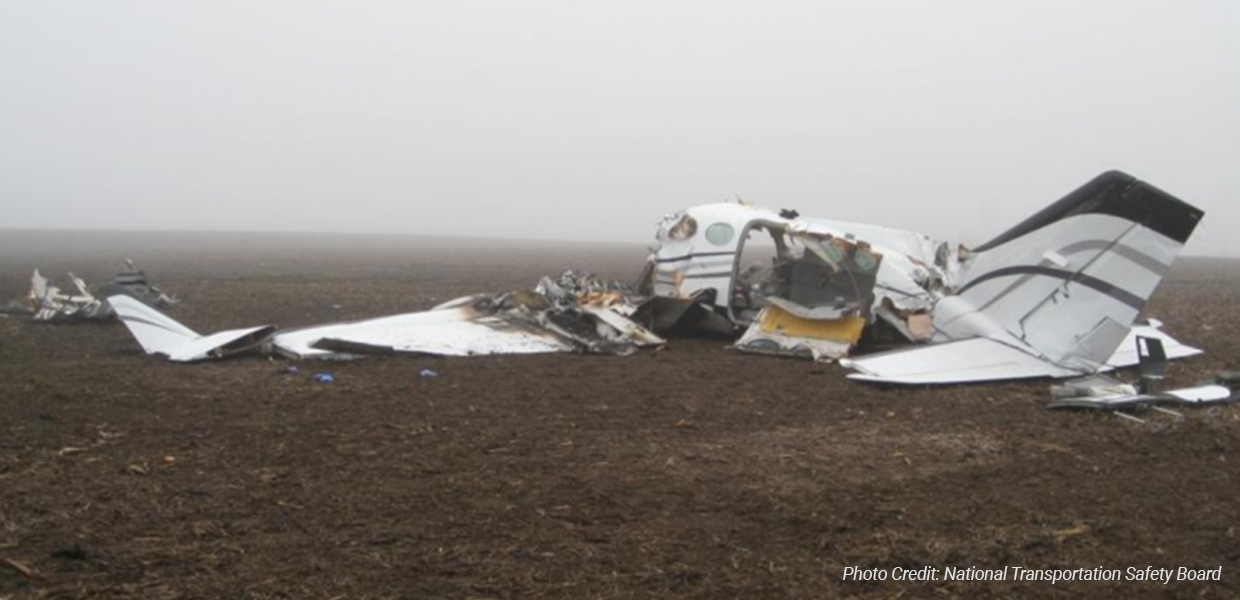
Pilot fatigue contributed to 2015 plane crash
The final report by the National Transportation Safety Board states that the accident occurred more than 2 hours after the pilot routinely went to sleep, which suggests that the pilot's circadian system would not have been promoting alertness during the flight. Further, at the time of the accident, the pilot likely had been awake for 18 hours. Thus, the time at which the accident occurred and the extended hours of continuous wakefulness likely led to the development of fatigue.
Fatigue risk management tools like Fatigue Meter can help you identify fatigue risk caused by long duty hours, jet lag, night work, and restricted sleep opportunities. Having this information in your hands before the flight begins gives you a chance to mitigate pilot fatigue risk before, during, and after each flight.
Related Links:
NTSB Aviation Accident Final Report